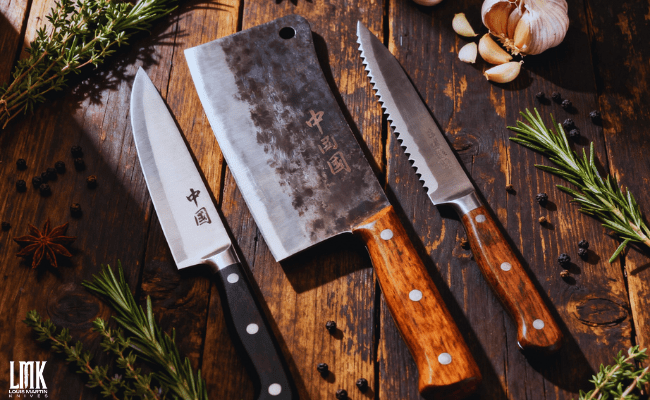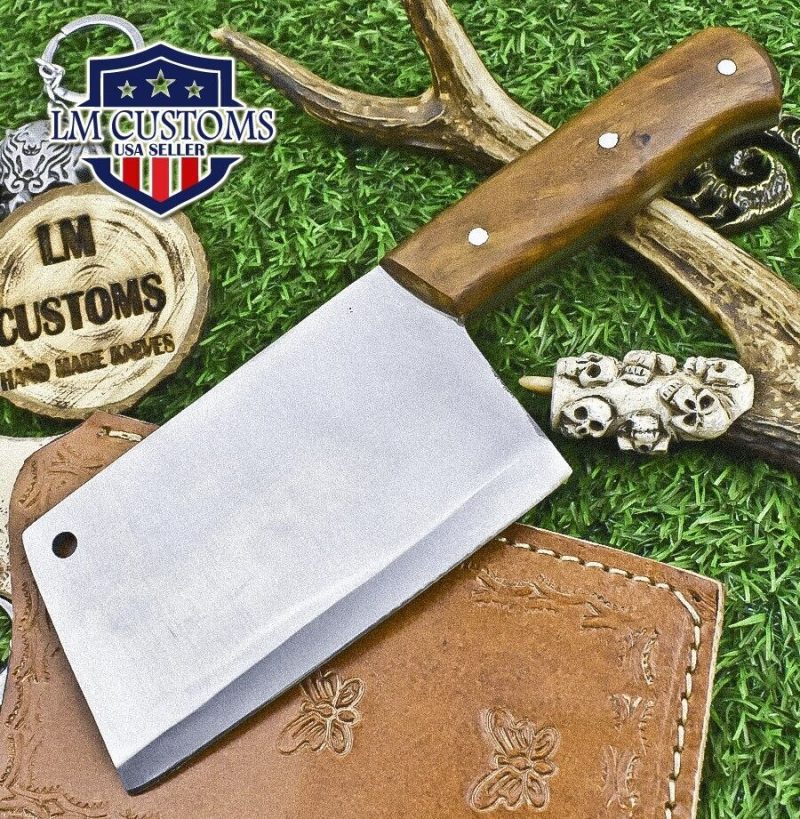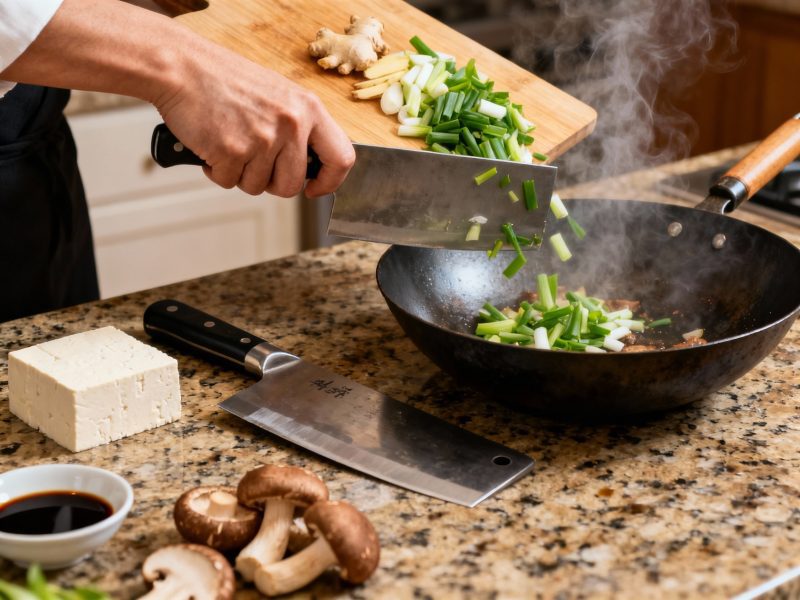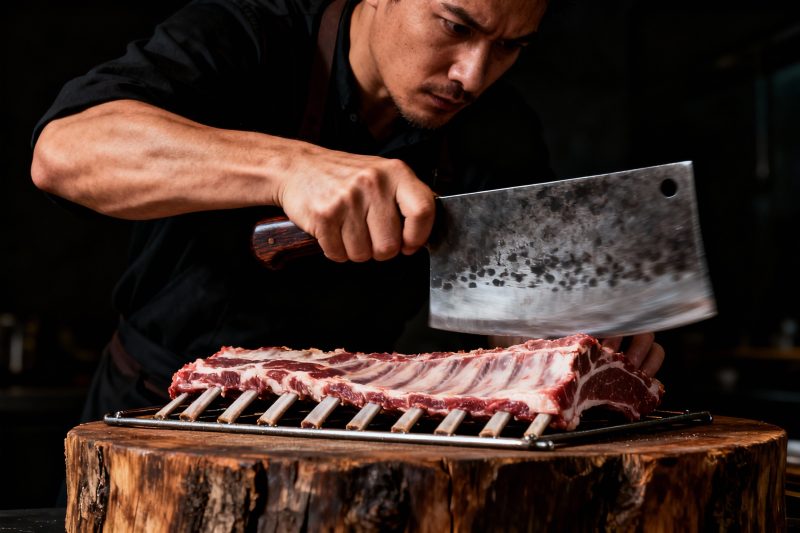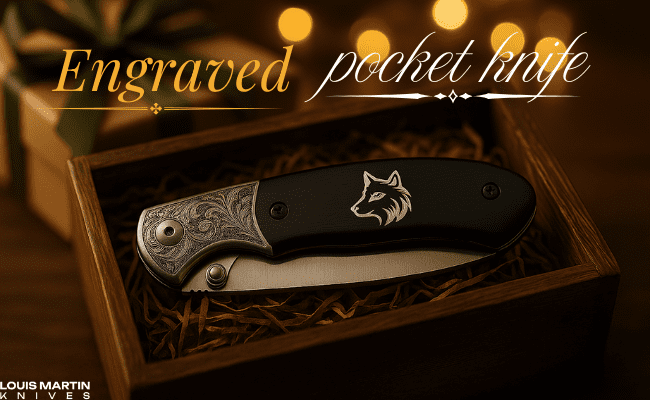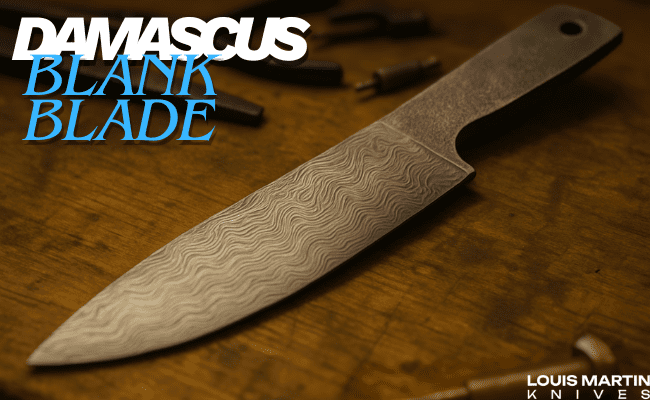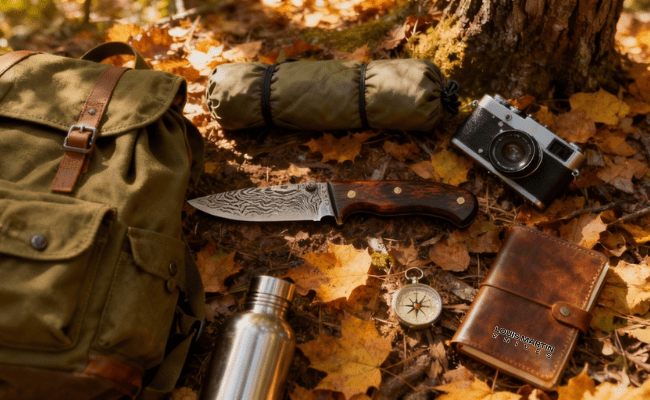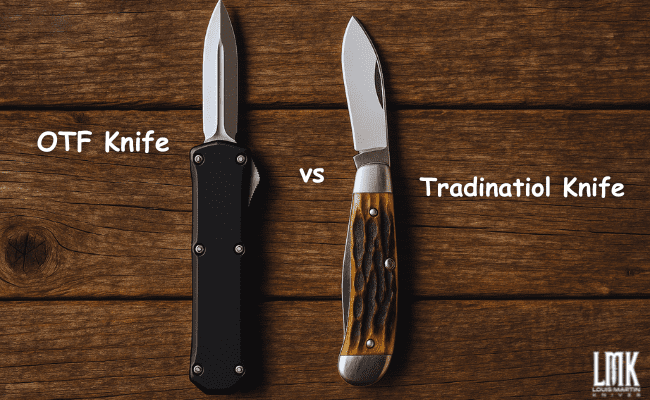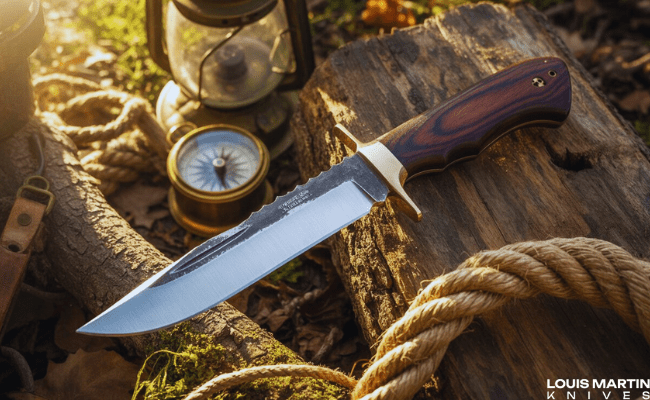When you step into any kitchen, knives are among the first tools you’ll notice. From chopping vegetables to slicing through meat, custom knives come in many shapes and sizes. But when it comes to heavy-duty chopping, two blades often stand out: the Chinese cleaver and the meat cleaver. At first glance, they may look similar, large rectangular blades with plenty of heft. However, they serve very different purposes, and knowing the difference can completely change your cooking game.
In this article, we’ll dive deep into the world of cleavers, exploring how the Chinese cleaver compares to the meat cleaver, how each one is used, and which one deserves a spot in your collection of kitchen knives.
The Basics of Kitchen Knives
Before we jump into the comparison, it’s worth reminding ourselves of a simple truth: not all kitchen knives are created equal. Each knife is designed with a specific job in mind. A chef’s knife is versatile but not built for splitting bones. A paring knife is great for precision but useless for cutting large roasts. Cleavers are the power tools of the kitchen knife world, but even they are not all the same.
The meat cleaver is built like a hammer, strong, heavy, and designed to break down tough cuts. The Chinese cleaver, on the other hand, is more like a jack-of-all-trades, combining versatility with precision.
What Is a Meat Cleaver?
The meat cleaver is one of the most iconic tools in professional and home kitchens. With its large rectangular blade, thick spine, and heavy weight, it is designed for brute force.
Key Features of a Meat Cleaver:
- Heavy Blade: Thick and solid, perfect for cutting through bones and cartilage.
- Rectangular Shape: Wide surface allows for smashing garlic or transferring chopped food to a pan.
- Durability: Built to take a beating without damaging the blade.
- Limited Precision: Best for heavy-duty tasks, not delicate slicing.
Common Uses for a Meat Cleaver:
- Splitting large cuts of meat.
- Chopping through chicken bones or ribs.
- Crushing garlic, ginger, or nuts with the flat side.
- Breaking down whole poultry or large pieces of beef.
The meat cleaver isn’t designed for finesse, it’s a powerhouse meant for raw strength. If you want a tool that can turn a whole chicken into manageable pieces in seconds, this is the knife you reach for.
What Is a Chinese Cleaver?
The Chinese cleaver, often called a Cleaver knife is a different story altogether. At first glance, it looks like a meat cleaver because of its rectangular blade. But unlike the heavy-duty meat cleaver, the Chinese cleaver is lighter, thinner, and designed for versatility.
Key Features of a Chinese Cleaver:
- Lightweight Blade: Thin and sharp for slicing vegetables, meats, and herbs.
- Rectangular Shape: Broad blade doubles as a scoop for moving ingredients.
- Versatile Design: Acts as a chef’s knife, paring knife, and slicer all in one.
- Precision: Perfect for delicate work like julienning vegetables or cutting thin slices of meat.
Common Uses for a Chinese Cleaver:
- Chopping vegetables quickly and efficiently.
- Slicing meat thin for stir-fries.
- Crushing garlic or ginger.
- Transferring ingredients from the cutting board to the wok.
The Chinese cleaver is the true multitasker of kitchen knives, and in many Chinese households, it’s the only knife you’ll find.
Chinese Cleaver vs. Meat Cleaver: The Key Differences
Although they look similar at first, the Chinese cleaver and the meat cleaver are as different as night and day. Here’s how they stack up against each other:
1. Blade Thickness and Weight
- Meat Cleaver: Thick, heavy, and designed for impact.
- Chinese Cleaver: Thin, lightweight, and built for precision.
2. Purpose
- Meat Cleaver: Breaking down meat, cutting through bones, and tackling tough cuts.
- Chinese Cleaver: Everyday cooking tasks like slicing, chopping, dicing, and scooping.
3. Sharpness
- Meat Cleaver: Not razor-sharp; relies on force rather than edge sharpness.
- Chinese Cleaver: Very sharp, capable of fine cuts and detailed work.
4. Versatility
- Meat Cleaver: Limited to heavy-duty work.
- Chinese Cleaver: Extremely versatile, often replacing multiple kitchen knives.
5. Cooking Style Fit
- Meat Cleaver: Best suited for Western butchery and heavy meat preparation.
- Chinese Cleaver: Perfect for Asian-style cooking where lots of slicing, dicing, and stir-fry preparation is needed.
Which One Should You Buy?
The answer depends entirely on your cooking style.
- If you cook a lot of meat, especially large cuts with bones, a meat cleaver knife is indispensable. It saves time and effort and can handle the kind of jobs no other kitchen knives can.
- If your cooking leans toward fresh vegetables, stir-fries, or precise slicing, then the Chinese cleaver will be your best friend in the kitchen.
For most home cooks, the Chinese cleaver is more practical. It’s versatile enough to handle 90% of tasks, from chopping carrots to slicing chicken breast. However, if you’re serious about butchering or enjoy preparing large cuts of meat, owning a meat cleaver alongside your set of kitchen knives makes sense.
How to Care for Your Cleavers
No matter which cleaver you choose, proper care will ensure it lasts for years.
- Hand Wash Only – Never put your meat cleaver or Chinese cleaver in the dishwasher. The high heat and detergent can damage the blade.
- Dry Immediately – Cleavers are prone to rust if left wet, so dry them as soon as you wash them.
- Sharpen Regularly – Keep your Chinese cleaver razor-sharp for precision cuts. For the meat cleaver, maintaining a sturdy edge is enough.
- Use a wooden cutting board – it protects the blade and makes cutting easier.
- Store Safely – Use a knife block, magnetic strip, or blade guard to prevent dulling or accidents.
Common Mistakes When Using Cleavers
Even with the best kitchen knives, misuse can shorten their lifespan. Here are mistakes to avoid:
- Using a Chinese Cleaver on Bones – This can chip or ruin the thin blade.
- Using a Meat Cleaver for Precision Cuts – It’s too bulky for fine slicing and may damage ingredients.
- Neglecting Sharpening – A dull cleaver, whether Chinese or meat, makes cooking frustrating and unsafe.
- Improper Storage – Tossing cleavers in a drawer risks accidents and dull edges.
The Role of Cleavers in Modern Kitchens
Today’s kitchens are full of specialized tools, yet both the meat cleaver and Chinese cleaver remain essential for many cooks. Their designs are timeless, and their uses are practical across different cuisines.
- In Western kitchens, the meat cleaver is a symbol of strength, often used in butchery and for preparing meat-heavy dishes.
- In Asian kitchens, the Chinese cleaver is the do-it-all tool, used for nearly every part of meal prep.
Check out Amazing Cleaver knives hacks
Final Thoughts
At first glance, the Chinese cleaver and the meat cleaver may seem interchangeable, but in reality, they are two very different kitchen knives with unique strengths.
- The meat cleaver is your powerhouse, built for chopping through bones and tackling tough cuts of meat.
- The Chinese cleaver is your versatile workhorse, handling everything from delicate slicing to quick vegetable prep.
If you’re building your knife collection, think about your cooking habits. Do you want a blade that can crush through ribs, or one that can replace almost every other knife in the kitchen? The answer will point you toward the cleaver that suits you best.
